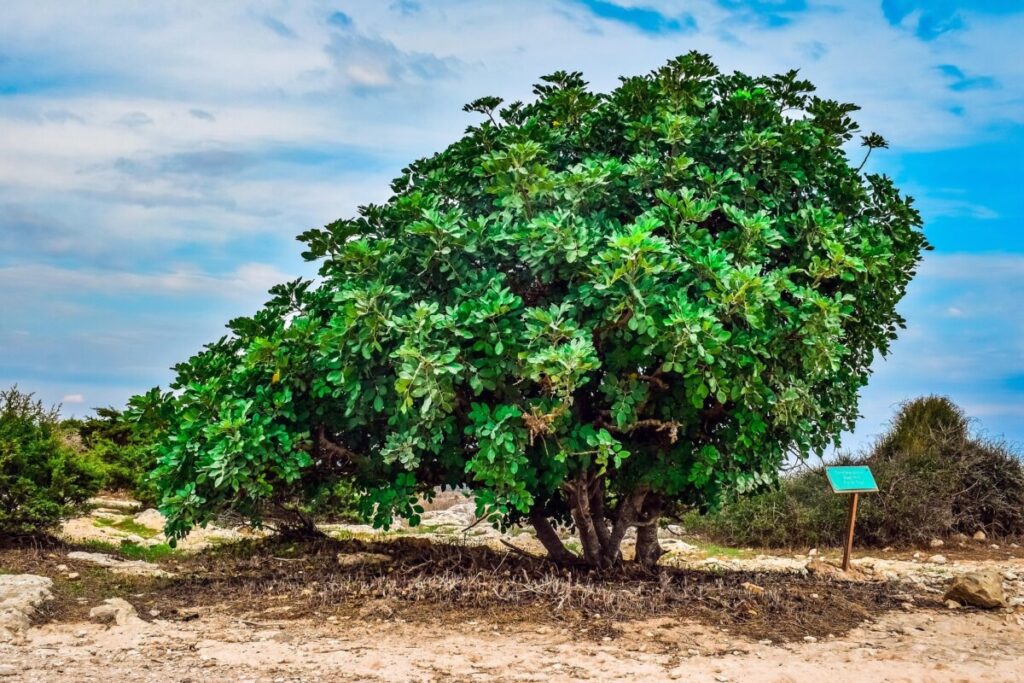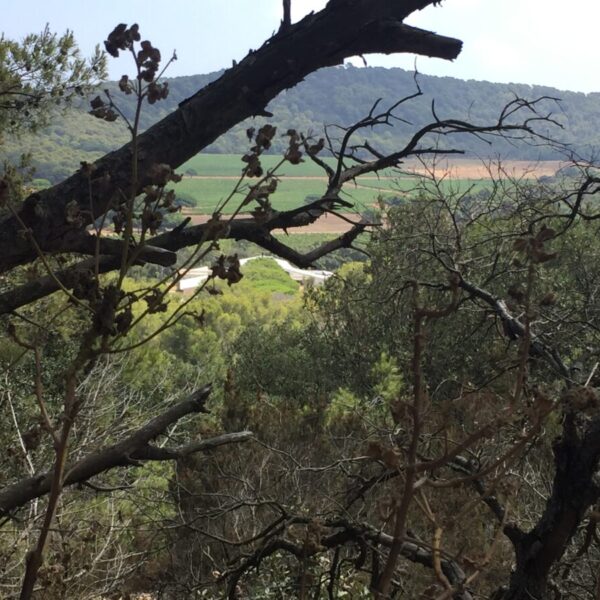The Mediterranean is ablaze. More than 700,000 hectares have been consumed by flames in the European Union in 2022, one of the worst years since 2006. This trend, exacerbated by drought, climate change, and rural depopulation, transforms what were once just wildfires into true systemic crises. But in several countries, an agroecological response is emerging: cultivating, planting, and managing to slow down the fire.
Everywhere, the same intuition: restore vibrant and structured agricultural landscapes, capable of slowing the spread of fire while fulfilling essential ecological, social, and economic functions. In an increasingly dry Mediterranean basin, every cultivated hectare, every tree planted becomes a frontline against fire. Far from strictly technical or isolated approaches, a dynamic is being built at the territorial scale: thinking of the landscape as a system, where production and protection are no longer opposed but united.
This is no longer just a question of climate adaptation, but of the survival of territories. Re-cultivating abandoned areas, associating resistant species, reconnecting rural communities to their lands. This is where a new strategy is born: agriculture that protects, a forest that nourishes, a countryside that resists.
The olive tree as a figurehead
In the Bekaa Valley in Lebanon, the European project LIVINGAGRO makes the olive tree a strategic ally. Combined with cereals, legumes, and controlled grazing, it constitutes a “living laboratory” that protects soils, enriches biodiversity, and reduces fire risks. This model relies on an alliance between peasant knowledge and scientific research.
Towards a renewal of the Lebanese agricultural landscape
Another variation is developing through BestMedGrape. This sustainable viticulture program, also funded by the European Union, relies on the natural characteristics of the vines — spaced foliage, well-maintained soils — to act as a buffer zone in case of fire, while improving the quality of the grapes.
Cultivating resilience
In both the western and eastern basins, resilience is taking root. In Syria, a country ravaged by war, the olive tree remains a vital crop: 423,000 hectares, more than 69 million trees, and about 377,000 families involved in the sector. Despite instability, this deeply rooted agriculture, based solely on rainwater resources, demonstrates the adaptability of traditional Mediterranean models to new climate constraints.
In Tunisia, the situation is equally critical. In Bizerte, drought has become chronic with 22 major episodes in 42 years. But this adversity also fuels innovation. The project Cx6 – Carob Corridor Capturing Carbon and Climate Change, led by the CAPTE association with the support of the IUCN-MED, has been experimenting since 2023 with the planting of 3,000 carob trees — with a remarkable survival rate of 90%.
Low in flammability, the carob tree (Ceratonia siliqua) produces little combustible litter. It thus withstands moderate fires. Alongside it, the fig tree stabilizes soils, slows erosion, and strengthens ecosystems. These trees become the pivots of an agroecological system that secures crops while providing social added value.
Drought, how a farmer is bringing an oasis back to life
Rediscovering resilient trees
The results observed in the Maghreb and the Levant resonate in Italy and Spain, where the physical properties of the olive tree — dense wood, moist foliage, ability to regrow — make it a natural ally against fires. The “living laboratories” of the LIVINGAGRO project validate this multifunctionality.
These experiences also inspire France, where the Forest Fire Risk Prevention Plans (PPRIF) now explicitly recommend strategic plantings. The plant arsenal is structured around the olive tree, cork oak with insulating bark, and the Provence cypress whose leaves retain moisture. In Var, roads lined with vineyards and olive groves are becoming buffer zones recognized by authorities.
Intelligent grazing and massive regeneration
And the strategy is expanding. In Morocco, the project SALAM-MED combines pastoral tradition and technology. Goats, sheep, and cattle equipped with GPS collars clean underbrush in sensitive areas, reduce fuels, and regenerate degraded lands, particularly around the argan tree. The tree, already valuable for its anti-desertification role, becomes a major player in climate resilience.
The argan tree, the tree that pushes back the Moroccan desert
In Turkey, it is the national scale that is changing dimension: nearly a third of the territory is forested, but 60% of forests are fire-sensitive. The country is deploying a colossal restoration program over 2.3 million hectares, abandoning flammable monocultures in favor of diversified local species. The population actively participates in maintenance: cleaning underbrush, pruning, harvesting cones. The goal? To intervene on any fire outbreak in less than 15 minutes.
A Mediterranean that collectively resists
These initiatives are not isolated. From Bekaa to Anatolia, a common thread connects orchards, agroforestry corridors, and regenerative pastures. Olive trees, carob trees, fig trees, vines, and pistachio trees weave a Mediterranean fabric of resistance.
What remains is to move from experimentation to generalization: maintaining planted systems, strengthening agroecological policies, integrating data science tools for prevention. But the ambition is there: a Mediterranean that, by planting, defuses fires.

Photo credit: The Port-Cros National Park has created firebreak plains on the island of Porquerolles © DR
